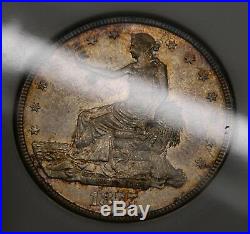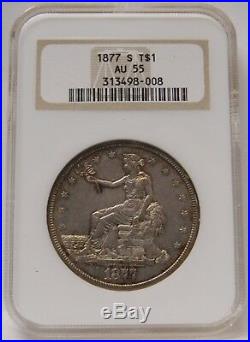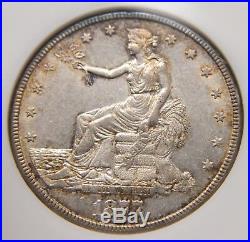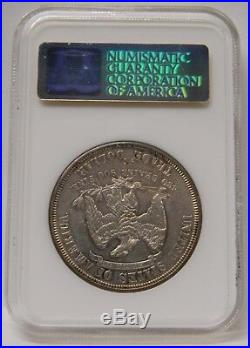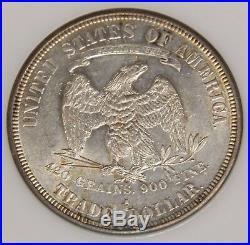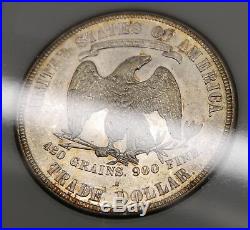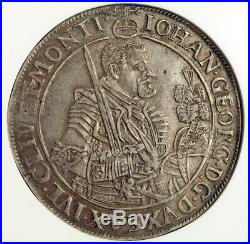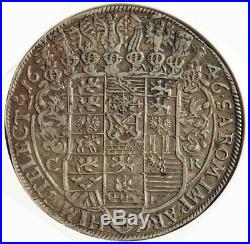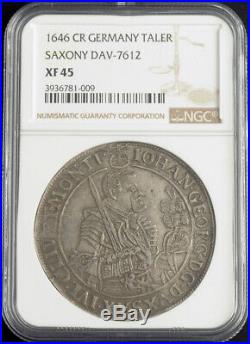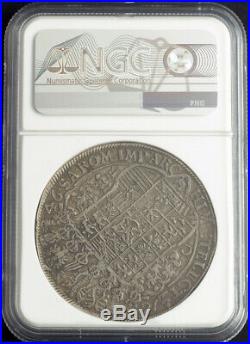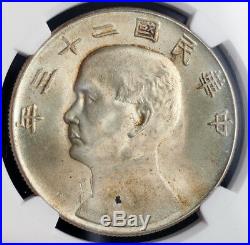
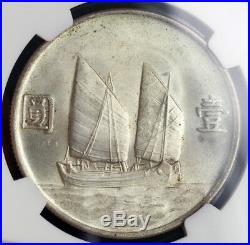
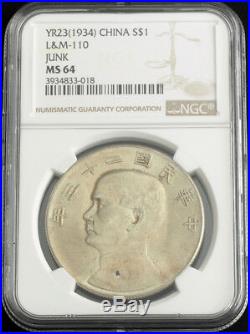
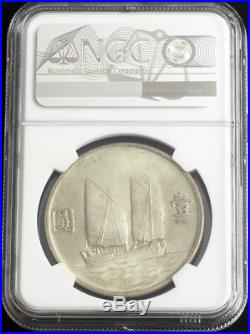

Beautiful Large Silver “Junk” Dollar Coin. Mint Date: 1934 (Year 23). Denomination: Silver Junk Dollar Condition. Certifed and graded by NGC as MS-64! Reference: L&M-109, K-624, L&M 110, KM#Y-345. Diameter: 40mm Weight: 26.7gm Material: Silver. Obverse: Bust of Sun Yat Sen left. Eight chinese characters above. Zhng huá mín guó èr shí yì nián. Year 23, Republic of China. Reverse: Junk under sail right on sea, flanked by two characters (denomination). 12 November 1866 12 March 1925 was a Chinese doctor, revolutionary and political leader. As the foremost pioneer of Nationalist China, Sun is frequently referred to as the Founding Father of Republican China, a view agreed upon by both the People’s Republic of China and the Republic of China (Taiwan). Sun played an instrumental role in inspiring the overthrow of the Qing Dynasty, the last imperial dynasty of China. Sun was the first provisional president when the Republic of China (ROC) was founded in 1912 and later co-founded the. Chinese National People’s Party. (KMT) where he served as its first leader. Sun was a uniting figure in post-Imperial China, and remains unique among 20th-century Chinese politicians for being widely revered amongst the people from both sides of the Taiwan Strait. The item “1934, China (Republic). Beautiful Large Silver Junk Dollar Coin. NGC MS-64″ is in sale since Thursday, June 21, 2018. This item is in the category “Coins & Paper Money\Coins\ World\Asia\China\Empire (up to 1948)”. The seller is “coinworldtv” and is located in Europe. This item can be shipped worldwide.
- Certification Number: 3934833-018
- Certification: NGC
- Grade: MS64
- Year: 1934

